Introduction
Pu-erh tea, a unique type of Chinese tea originating from the Yunnan province, is renowned for its complex flavors, potential health benefits, and ability to age gracefully. Unlike other teas that are typically consumed fresh, Pu-erh undergoes a unique fermentation process that can transform its taste over time. However, within the realm of Pu-erh, there exists a fundamental distinction between two primary types: raw (sheng) Pu-erh and ripened (shu) Pu-erh. Understanding the differences between these two can be crucial for tea enthusiasts seeking to appreciate the nuances of this fascinating beverage. This comprehensive guide aims to elucidate the key characteristics, production processes, taste profiles, and health benefits associated with both raw and ripened Pu-erh tea, enabling tea lovers to make informed choices and fully savor the distinct qualities of each.
Understanding Pu-erh Tea Basics
Before diving into the specifics of raw and ripened Pu-erh, it’s essential to establish a foundational understanding of Pu-erh tea. Pu-erh is a type of post-fermented tea, meaning that its fermentation process continues after the leaves have been processed into tea. This sets it apart from other teas like green, black, oolong, and white, which undergo fermentation to varying degrees during initial processing but do not continue to ferment significantly after production.
Pu-erh tea leaves are typically sourced from large-leaf varieties of the Camellia sinensis plant, native to Yunnan. These leaves are processed into tea either through traditional methods involving sun-drying and steaming or modern techniques that may include additional steps like killing the enzymes through pan-firing or using hot air. The resulting tea can then be aged naturally or undergo artificial fermentation to accelerate the aging process, leading to the creation of raw and ripened Pu-erh, respectively.
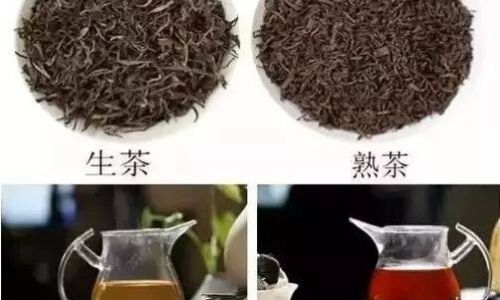
Raw Pu-erh Tea: Nature’s Slow Fermentation
Raw Pu-erh, also known as sheng Pu-erh, represents the traditional and natural aging process of Pu-erh tea. After the initial processing of the tea leaves, which may include withering, killing the enzymes, rolling, and sun-drying, raw Pu-erh is allowed to age slowly over time. This aging can occur naturally in dry, ventilated storage conditions, where the tea undergoes a gradual oxidation and fermentation process.
Production Process:
-
Leaf Selection and Processing: High-quality raw Pu-erh often starts with carefully selected leaves from mature trees or old-growth forests. The leaves undergo initial processing steps similar to those used for other types of tea, including withering, fixing (to halt enzymatic activity), rolling, and drying.
-
Compression into Cakes or Other Forms: Once dried, the tea leaves are often compressed into cakes, bricks, or other shapes for easier storage and transportation. This compression also aids in the even distribution of moisture and oxygen during aging.
-
Natural Aging: The compressed tea is then stored in dry, well-ventilated environments, allowing it to undergo natural fermentation and aging. This process can take years, even decades, to fully develop the tea’s flavor and aroma.
Taste Profile:
Raw Pu-erh is characterized by its earthy, grassy, and sometimes astringent flavors when young. As it ages, these flavors mellow out, giving way to smoother, sweeter notes with hints of wood, bark, and aged fruit. Older raw Pu-erh teas can develop complex, layered flavors reminiscent of wet leaves, mushrooms, and even old books.
Aroma:
The aroma of raw Pu-erh can vary widely depending on its age. Younger teas often have a fresh, grassy scent, while older teas may exhibit a more mellow, earthy aroma with notes of damp wood or aged paper.
Health Benefits:
Raw Pu-erh is believed to offer numerous health benefits, including aiding in digestion, promoting weight loss, reducing cholesterol levels, and providing antioxidants. The natural aging process may also contribute to the development of beneficial bacteria and enzymes that can further enhance its nutritional profile.
Ripened Pu-erh Tea: Accelerated Aging through Artificial Fermentation
Ripened Pu-erh, or shu Pu-erh, represents a more recent innovation in Pu-erh tea production. Developed in the 1970s as a way to speed up the aging process and create a tea with immediately enjoyable flavors, ripened Pu-erh undergoes an artificial fermentation process that mimics the natural aging of raw Pu-erh but in a fraction of the time.
Production Process:
-
Leaf Selection and Initial Processing: Similar to raw Pu-erh, ripened Pu-erh starts with carefully selected tea leaves that undergo initial processing steps like withering, fixing, rolling, and drying.
-
Artificial Fermentation: After initial processing, the tea leaves are subjected to an artificial fermentation process. This involves stacking the leaves in piles and introducing specific microorganisms, such as bacteria and fungi, to initiate fermentation. The piles are then periodically turned to ensure even fermentation and to prevent overheating.
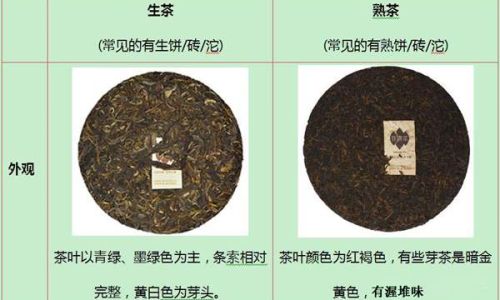
-
Drying and Compression: Once the desired level of fermentation is achieved, the tea leaves are dried and compressed into cakes, bricks, or other forms for storage.
Taste Profile:
Ripened Pu-erh has a smoother, less astringent flavor profile compared to raw Pu-erh, even when young. It often exhibits notes of earth, wet leaves, and sometimes a sweet, caramel-like taste. The artificial fermentation process tends to produce a more consistent flavor profile across different batches and ages.
Aroma:
The aroma of ripened Pu-erh is generally more mellow and earthy, with less of the fresh, grassy notes found in raw Pu-erh. It may also have a slightly damp or musty scent, which is a result of the artificial fermentation process.
Health Benefits:
While the health benefits of ripened Pu-erh may not be as extensively studied as those of raw Pu-erh, it is still believed to offer numerous health advantages. Like raw Pu-erh, ripened Pu-erh is thought to aid in digestion, promote weight loss, and provide antioxidants. However, the artificial fermentation process may alter the specific types and quantities of beneficial compounds present in the tea.
Distinguishing Between Raw and Ripened Pu-erh: Key Factors
Now that we have a detailed understanding of both raw and ripened Pu-erh, let’s explore the key factors that distinguish these two types of tea:
Appearance:
- Raw Pu-erh: The leaves of raw Pu-erh tend to have a darker, more uneven color due to natural aging and oxidation. Compressed cakes of raw Pu-erh may have a rough, uneven surface.
- Ripened Pu-erh: The leaves of ripened Pu-erh often have a more uniform, darker color due to the artificial fermentation process. Compressed cakes of ripened Pu-erh tend to have a smoother, more polished appearance.
Taste and Aroma:
- Raw Pu-erh: As mentioned earlier, raw Pu-erh has a more varied and complex flavor profile, ranging from earthy and grassy to smooth and sweet with age. Its aroma can be fresh, grassy, and earthy, with notes of aged wood or paper.
- Ripened Pu-erh: Ripened Pu-erh has a smoother, less astringent flavor with notes of earth, wet leaves, and caramel. Its aroma is generally more mellow and earthy, with a slightly damp or musty scent.
Aging Process:
- Raw Pu-erh: Ages naturally over time, developing more complex flavors and aromas as it matures. The aging process can take years or even decades.
- Ripened Pu-erh: Undergoes artificial fermentation to accelerate aging, resulting in a tea with immediately enjoyable flavors. The aging process is completed within a few months to a year.
Health Benefits:
- Both raw and ripened Pu-erh are believed to offer numerous health benefits, including aiding in digestion, promoting weight loss, and providing antioxidants. However, the specific types and quantities of beneficial compounds may differ between the two due to their different production processes.
Conclusion
In conclusion, distinguishing between raw and ripened Pu-erh tea requires a careful consideration of their production processes, taste profiles, aromas, and potential health benefits. Raw Pu-erh offers a more complex, aged flavor profile that develops over time, while ripened Pu-erh provides a smoother, immediately enjoyable tea experience. Both types of Pu-erh have their unique charms and are worth exploring for tea enthusiasts seeking to broaden their palates and appreciate the diverse world of tea.
Whether you prefer the earthy, grassy notes of raw Pu-erh or the smoother, caramel-like flavors of ripened Pu-erh, the key to enjoying these teas fully lies in understanding their unique characteristics and finding the one that best suits your taste preferences and health goals. With this comprehensive guide as your resource, you’ll be well-equipped to navigate the fascinating world of Pu-erh tea and make informed choices that will enhance your tea-drinking experience.

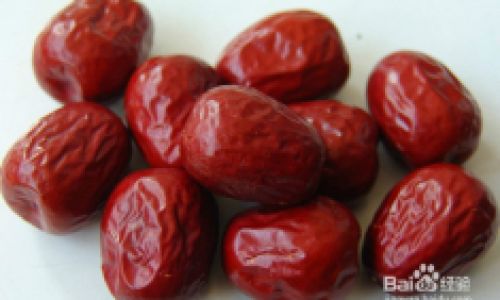
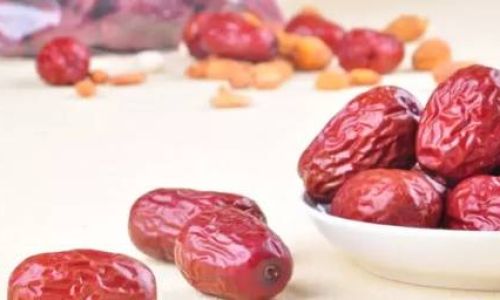

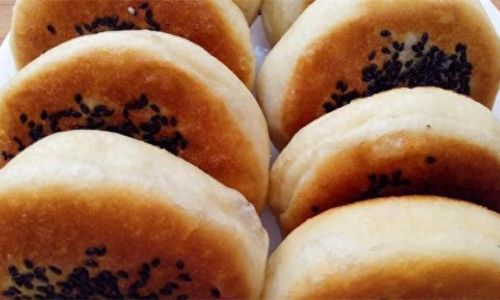

0 comments